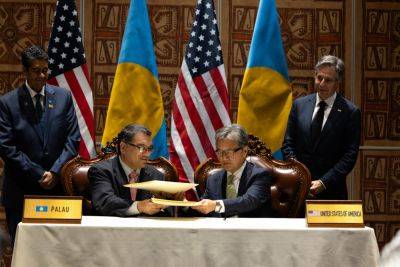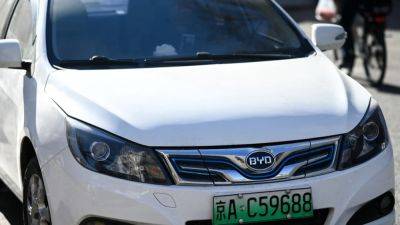Australia unveils its navy of the future
Australia’s naval surface combatant fleet is in trouble. The eight Anzac frigates are worn out after three decades of Middle Eastern adventures and hard to crew. The Anzac’s replacements, the much-criticized Hunter-class frigates, are late – the first will not enter service until 2032 or so.
The project’s cost has also stunningly risen from A$35 billion (US$23 billion) in 2018 to A$45 billion a couple of years ago to now A$65 billion, even before actual ship construction starts.
Adding to the problems, the Navy now dislikes its 12 new offshore patrol vessels (OPVs) currently being built; this seemingly simple project is also late, costly (A$3.7 billion overall) and a “project of concern.”
Meanwhile, the Navy’s three brand new Hobart-class destroyers surprisingly need major, costly upgrades that will take two to three years each. With luck, all three will be back in service by 2032.
These numbers are important as the Navy needs three ships in service to reliably maintain one ship deployed on distant operations for an extended period. Across most of the next decade, our current naval surface warship fleet will be able to dependably deploy only two, maybe three, warships simultaneously for extended periods. This is high-input cost for low-output usage.
Consultant-driven solution
That’s the problem. A review undertaken by highly paid, external consultants, led by a retired US Navy admiral, has now provided the solution.
The review released today recommends keeping the three Hobart Class destroyers and six of the aged ANZAC frigates, building only six Hunter Class frigates and stopping the OPV program immediately at six ships.
The big surprise was the recommendation the Navy acquire at least seven – and “optimally” 11 – new







